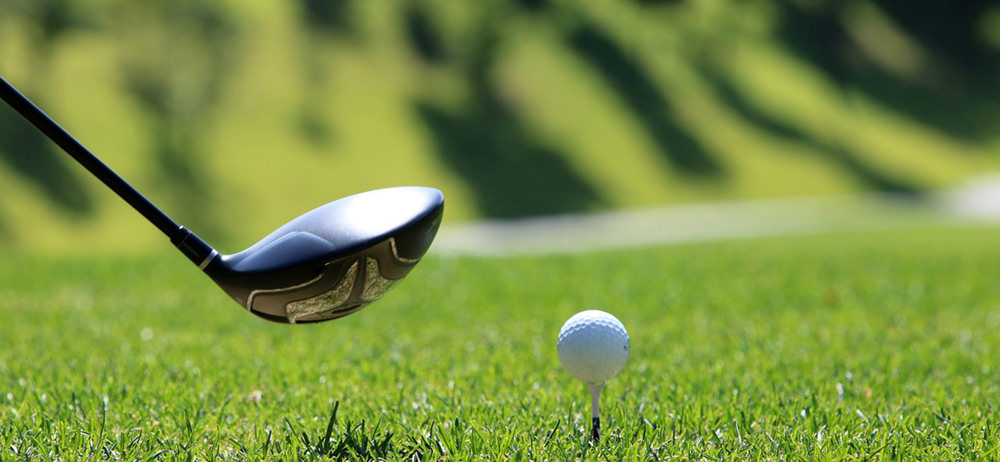Golf course lighting plays a critical role in ensuring safety, comfort, and efficiency for golfers during play. In order to achieve the best results, it's necessary to follow specific lighting standards and requirements that apply to different areas of the course. Here are some key considerations for optimizing your golf course lighting system.

I. Dividing the Course into Different Areas with Specific Illumination Standards
Golf courses can be divided into four areas: tee areas, fairways, hazards, and greens. Each area has different illumination requirements:
Tee areas: A horizontal illumination of 100 LUX and a vertical illumination of 100 LUX are required to view the direction, landing point, and distance of the ball.
Fairways and hazards: A horizontal illumination of 70 LUX is required to see the path of the ball.
Greens: A horizontal illumination of 200 LUX is required to accurately judge the height, slope, and distance of the terrain.

II. Lighting Design for Competition Venues
To ensure optimal lighting in competition venues, the following requirements should be met:
Lighting design for tee areas: Use wide-angle floodlights to prevent strong shadows, projecting the light from a close distance. The nearest lamp post should be 5 meters away, and the light should be projected from two directions.
Lighting design for fairways: Use narrow-angle floodlights to ensure sufficient vertical illumination and uniform illumination during the flight of the golf ball.
Dead zones and glare: Avoid lighting dead zones in the entire golf course area, and eliminate glare that could interfere with golfers.
III. Benefits of Optimized Golf Course Lighting
When you optimize your golf course lighting system, you'll enjoy several benefits:
- Enhanced safety: Proper lighting enables golfers to see the course clearly, reducing the risk of injuries and accidents.
- Improved performance: Optimal lighting allows golfers to accurately judge the ball's direction, distance, and landing point, leading to better performance.
- Increased efficiency: With better visibility, golfers can play more efficiently and complete rounds more quickly.
Optimizing your golf course lighting system is essential for creating an enjoyable, safe, and efficient play experience. By following specific lighting standards and requirements that apply to different areas of the course, you can ensure that your lighting system is optimized for the needs of golfers. With enhanced safety, improved performance, and increased efficiency, you'll be able to create a more enjoyable and successful golfing experience for all.













